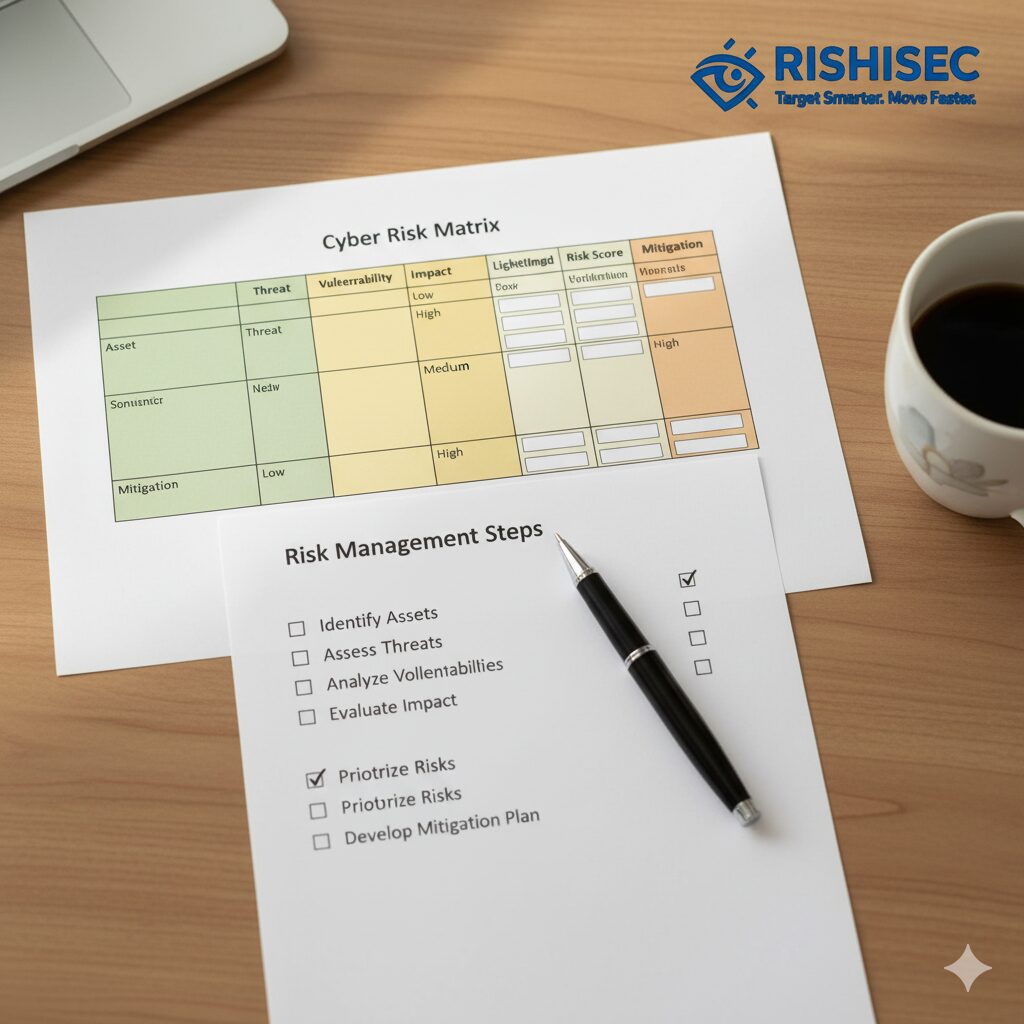I am going to be straight with you: modern open source intelligence is a battlefield for attention. Signals flash, social posts amplify, and every analyst in the loop faces two relentless forces: the pressure to move fast and the duty to be right. If you are a Special Agent, Cyber Crime Unit Lead, or Senior Intel Analyst, this piece gives you a practical playbook for OSINT risk management and how to keep your team fast without trading away credibility.
Why the attention economy matters for intelligence teams
Open source platforms reward engagement, not accuracy. Consequently, viral posts can distort situational awareness, and noisy data can drown out genuine threats. For intelligence teams, this is more than an inconvenience. It erodes trust in reporting, wastes analyst hours, and raises the chance of operational mistakes.
However, there is a path forward. By framing the problem as attention management and risk control, you get a repeatable approach that preserves speed and raises confidence in your outputs.
Understanding the mechanics: what drives attention in OSINT
At the core, three mechanics drive attention:
- Amplification — social platforms and aggregator algorithms elevate content quickly.
- Novelty bias — human attention favors the unexpected, which is often sensational rather than factual.
- Tooling friction — data overload coupled with weak triage processes amplifies noise.
These mechanics create two urgent needs for teams: first, a rapid triage layer that reduces noise; second, robust credibility checks for anything that may inform action.

Practical framework for OSINT risk management
Below is a compact operational framework you can adapt to your unit. Use it as a checklist when building or auditing workflows.
| Stage | Objective | Key Actions |
|---|---|---|
| Collect | High recall with contextual metadata | Capture timestamps, geodata, author history, platform signals |
| Triage | Reduce noise, prioritize leads | Automated scoring, confidence buckets, human spot-checks |
| Verify | Confirm credibility for actionable items | Cross-source corroboration, metadata analysis, provenance checks |
| Act | Safe operational decisions | Document confidence, escalate with evidence packages |
Key components explained
1. Metadata-first collection
Collect raw content and all available metadata together. In practice, that means saving timestamps, device indicators, geolocation when available, and any platform context. If you skip metadata, you lose the fastest route to verification.
2. Automated triage with human-in-the-loop
Automate repetitive filtering so analysts focus on what matters. For example, use an automated scoring system to surface items with high propagation but low provenance. Then, route high-impact items into a human review lane. This balances speed and accuracy.
3. Confidence scoring and documentation
Label items with a confidence score and keep provenance notes in every record. A simple label—Low, Medium, High—paired with a short rationale saves time during operations and provides auditability later. Additionally, this is a great way to fight hindsight bias when decisions are reviewed.
4. Corroboration and provenance checks
Always ask: who else reported this? Can the media be traced to a primary source? Where possible, corroborate content with independent signals such as official feeds, satellite imagery, or known local sources. Use established frameworks and checklists to keep this consistent across analysts.
How Kindi helps with OSINT risk management
Kindi fits into the triage and link analysis layers. It speeds investigations by automatically aggregating related signals and mapping connections across identities, domains, and social threads. When your team needs to know whether a viral post ties into a broader campaign, Kindi surfaces linked entities and historical context so analysts do not get stuck chasing noise.
Moreover, Kindi’s collaboration features let teams centralize notes, evidence, and confidence statements so decision paths are clear and defensible. That organizational clarity reduces operational risk while keeping pace with fast-moving incidents. To see Kindi in action, check out Kindi.
Internal workflows and toolchain recommendations
Below are concrete changes you can make today.
- Adopt a 3-tier triage model: automated, analyst review, field verification.
- Enforce provenance fields: every lead must include at least two metadata points.
- Keep a verification ledger: store checks, timestamps, and corroborators.
- Share curated watchlists: reduce duplicate collection across teams by using shared repositories.
These practices complement broader strategies like those in RishiSec’s post on OSINT Strategy and the discussion on Automating OSINT Investigations, both of which offer deeper program-level guidance.

Measuring success: metrics that matter
Stop chasing vanity metrics. Focus on measures that show reduced operational risk and improved decision quality. Recommended KPIs include:
- Mean time to verify (minutes)
- False-positive rate for escalated leads
- Analyst throughput (actionable leads per analyst per day)
- Provenance completeness score (percentage of leads with required metadata)
Tips: quick wins for teams
- Enable raw data dumps with metadata retention by default.
- Use short confidence statements in line with each lead.
- Train rotating analysts on bias awareness and source assessment monthly.
- Integrate automated link analysis to surface hidden relationships quickly.
External references and further reading
For a deeper look at standard OSINT practices and verification techniques, see the NATO Open Source Intelligence resources Handbook and guidance from the U.S. Department of Homeland Security. These sources help you align your verification standards with established best practices.
Real-world example
During a recent regional incident, a popular post claimed responsibility for a disruptive event. Automated alerts amplified the post, and several low-confidence leads began circulating. The team paused, applied a quick provenance checklist, used link analysis to map associated accounts, and found mismatched timestamps and recycled imagery. By applying a rapid verification protocol, the unit avoided misattribution and prevented an unnecessary escalation. That is OSINT risk management in action—fast but disciplined.

Conclusion
Speed without controls is a liability. Yet, with a clear triage model, metadata-focused collection, confidence scoring, and tools like Kindi that map relationships and centralize evidence, your team can preserve both speed and credibility. In short, you can dominate the attention economy rather than be consumed by it.
Want to strengthen your OSINT skills? What other skills can you suggest? Check out our OSINT courses for practical, hands-on training. Interested in cutting triage time and surfacing high-value links faster? Try Kindi or sign up to see how it accelerates investigations and improves collaboration.
FAQ
What is OSINT risk management?
OSINT risk management is the set of practices and controls that reduce operational risk when collecting and using open source intelligence. It focuses on provenance, verification, and controlled decision-making.
How quickly should my team verify a viral lead?
There is no universal time, but measure mean time to verify and aim to reduce it without sacrificing corroboration. Use automated filters to triage and human review for high-impact items.
Can AI tools introduce bias into OSINT?
Yes. AI can amplify data biases if models are trained on skewed datasets. Therefore, always pair automated outputs with human review and document confidence levels.
Where can I learn more about verification frameworks?
Start with established resources such as NATO’s OSINT guidance and DHS documentation. Also, RishiSec posts on OSINT strategy and automation provide actionable program-level steps for teams.




